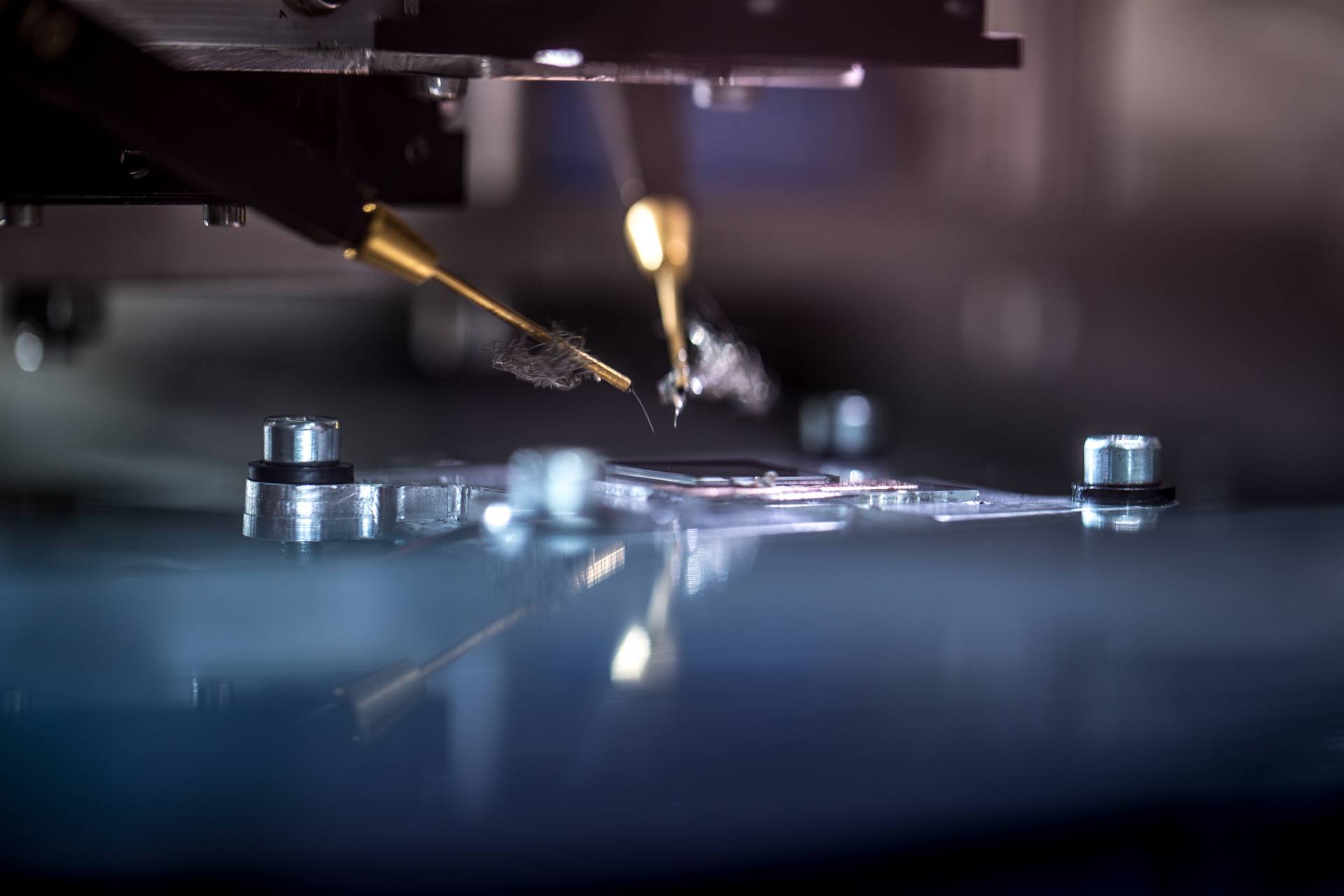The pipette is one of the most important instruments in the laboratory and accurate results require correct pipetting. Eppendorf has had a lot of experience with manual pipetting since the introduction of the microliter pipette in 1961. They transfer this knowledge through pipetting clinics. Marcel Streefkerk, Product Solutions Specialist at Eppendorf, sees in these clinics that there is often still a lot to learn. We spoke to him about the importance of correct pipetting and asked him for some practical tips.
The importance of correct pipetting
Marcel works for the Product Lab Solutions Support department and answers customer questions and provides training, including pipetting clinics. Correct pipetting is very important, Marcel explains: “The starting point is accurate and precise pipetting. You want to transfer an exact volume of a certain liquid, often talking about very small quantities, even in microliter scale. Accuracy is very important.”
There is an international standard that underlies this, the ISO 8655 standard. All manufacturers adhere to this standard at a minimum, both during design and later during calibration. If it has been calibrated according to the ISO 8655 standard and you do not follow the same method in daily use of the pipette, you will ultimately miss the accuracy. “It is of course a shame if you buy a pipette that, for example, deviates less than 1% and, by using it incorrectly, introduces a percentage deviation of 2 or 3%.”
“It is of course a shame if you buy a pipette that, for example, deviates less than 1% and, by using it incorrectly, introduces a percentage deviation of 2 or 3%.”
Common mistakes
Marcel notices during the clinics that the consequences of incorrect pipetting are often not considered. “During the training you learn how to pipette correctly, but repetition and training is extremely beneficial. It often sparks a discussion among colleagues and makes them think. They are going to examine their own Standard Operating Procedure (SOP).”
For example, one of the topics that is always discussed during the clinics is pre-rinsing. “That involves sucking up the liquid several times before you start. In many cases this is not done or the importance of it is not really recognized. In the training we always do a bit of theory and practice and then we show why this is so important. If the laboratory technicians better understand the theory behind pipetting, they can make better choices.” Marcel further explains that you can do a leak test fairly easily. “This might take half a minute to a minute. If this leak test shows that a drop is starting to form, then you know something may not be quite right. We notice that there are very few people who carry out such a leak test, which is a shame.”
Practical tips
Marcel has a number of tips that he likes to give to laboratory technicians in his clinics: “Always use the original tip that comes with the pipette, this is often underexposed. People often think that if the tip fits, it is good. But according to ISO 8655, the pipette and tip form one system and must be calibrated as such.” Furthermore, you can work more accurately if the pipette and the liquid have more or less the same temperature. For example, with a difference of 10 degrees you already have a deviation of 3%.
In addition, there are also a number of practical matters that you should take into account when pipetting itself. Hold the pipette vertically while aspirating the liquid, ensure that the insertion depth is as small as possible and allow the pipette time to aspirate the liquid into the tip. “People are often fast. They have released the button and are already pulling the pipette back, while the air column is still pulling on the liquid, as it were. With more viscous substances this can even take up to 3 seconds.” For difficult liquids, Marcel recommends using the reverse pipetting technique or choose one dispenser type pipette, where the piston is incorporated in the tip. Finally, it is important to work slowly and steadily under all conditions for precise and accurate results.
Would you like to know more or do you have questions for Marcel? Send an email to info@eppendorf.nl stating 'correct pipetting.'
All tips at a glance:
- Use the original tip that comes with the pipette
- Make sure the pipette and the liquid are at the same temperature
- Wet the tip by pre-rinsing 2-3 times
- Hold the pipette vertically while aspirating the liquid
- Keep the insertion depth as small as possible
- Give the pipette time to draw up the liquid into the tip
- Work slowly and steadily under all conditions
Related companies
